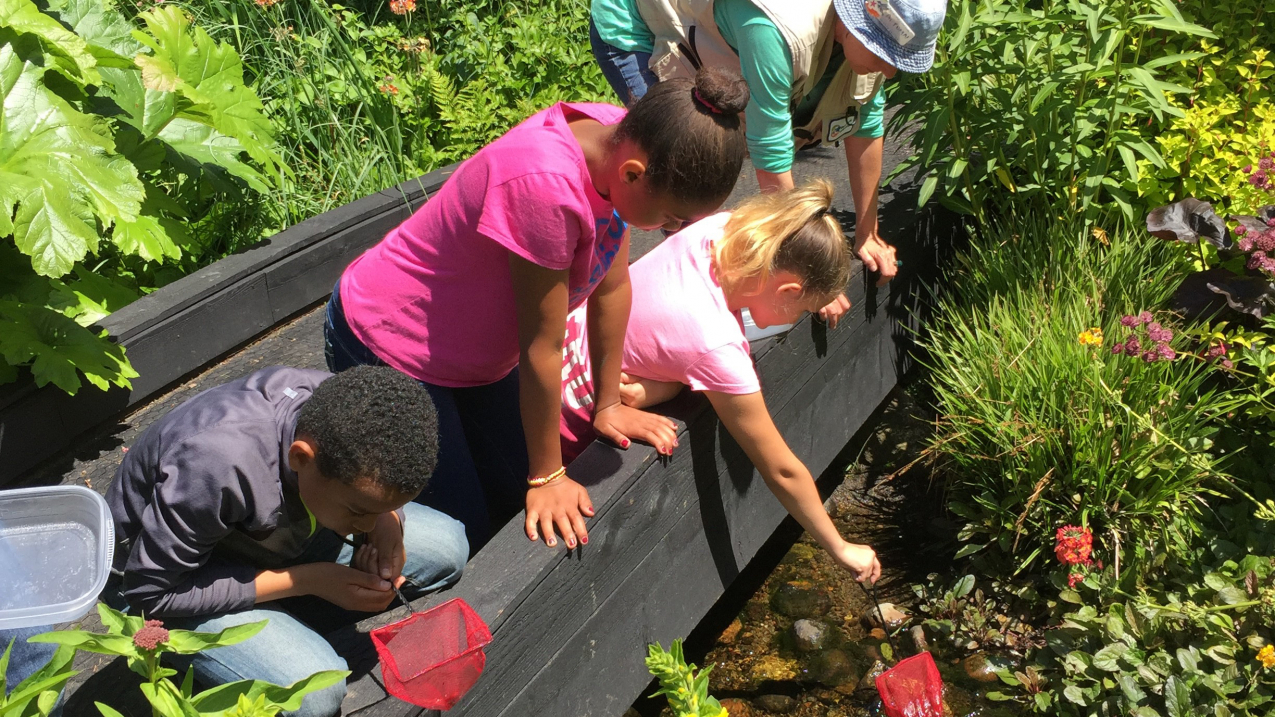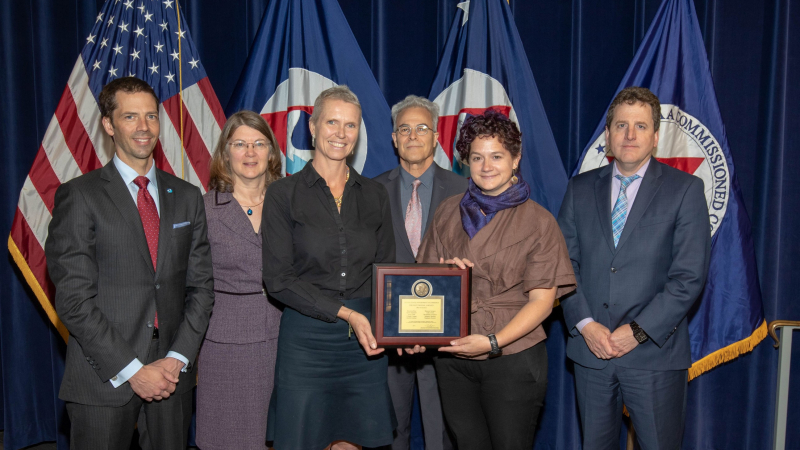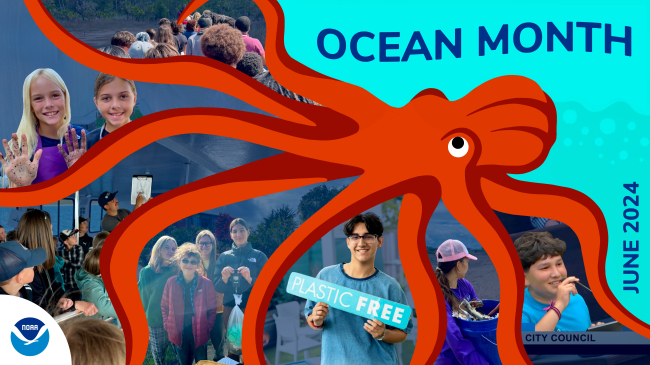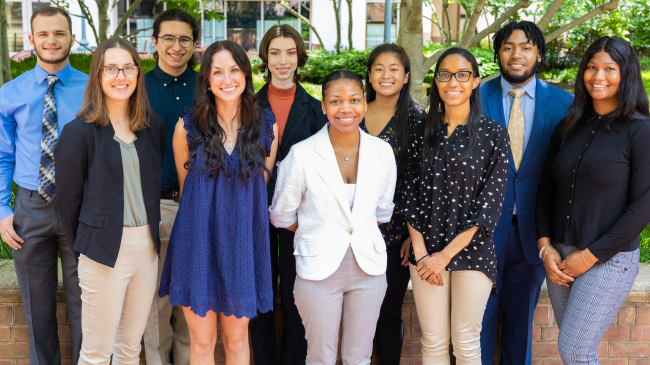Students in the largest out-of-school program in the nation will now have increased access to environmental education that advances science, technology, engineering, and math (STEM). NOAA Office of Education is pleased to continue its partnership with U.S. Department of Education to implement high quality, watershed-focused STEM education at 21st Century Community Learning Centers (21st CCLCs).

Star Lake Elementary and Totem Middle School students work with the Environmental Science Center to sample macroinvertebrates at a field study site in Washington state as part of a 2017 NOAA-21st CCLC Watershed STEM Education Partnership Grant. (Image credit: Environmental Science Center)





